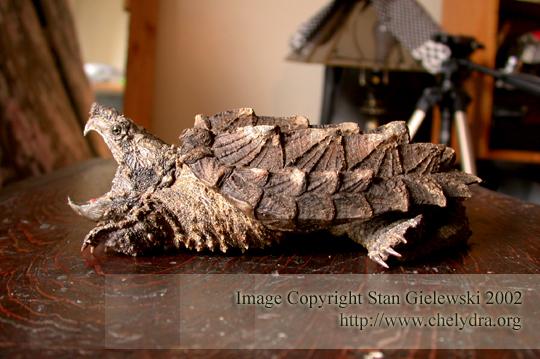"Run, run, as fast as you can!
You
can't catch me!
I'm the Gingerbread Man!"
The cow ran after the Gingerbread
Man, but she could not catch him. The Gingerbread Man kept running, and soon he met a
horse.
"Neigh," said the horse, "You look
mighty tasty. I think that I would like to eat you." "But you can't!" said the
Gingerbread Man.
"I ran away from an old woman,
I
ran away from an old man,
I ran away from a cow,
And I can run away from
you!
I can!"
And so he ran singing,
"Run, run, as fast as you can!
You
can't catch me!
I'm the Gingerbread Man!"
The horse ran after the Gingerbread
Man, but he could not catch him. The Gingerbread Man ran and ran, laughing and
singing. While he ran, he met a chicken.
"Cackle, cackle," said the chicken,
"You look fine enough to peck for dinner. I'm going to eat you, Mr. Gingerbread
Man."But the Gingerbread Man just
laughed.
"I ran away from an old woman,
I
ran away from an old man,
I ran away from a cow,
I ran away from a
horse,
And I can run away from you!
I can!"
And so he ran
singing,
"Run, run, as fast as you can!
You
can't catch me!
I'm the Gingerbread Man!"
The chicken ran after the
Gingerbread Man, but she could not catch him.The Gingerbread Man was proud that he could run so
fast.
"Nobody can catch me," he thought.
So he kept on running until he met a fox.He just had to tell the fox how he
ran faster than all the others."Mr. Fox," he said, "As tasty as
I appear to be,I cannot let you catch and
eat me.
I ran away from an old
woman,
I ran away from an old man,
I
ran away from a cow,
I ran away from a horse,
I ran away from a
chicken,
And I can run away from you!
I can!"
But Mr. Fox did not seem to
care."Why would I want to bother you?"
asked Mr. Fox. "You don't even look that tasty. No, young man, I don't want to
eat you at all."The Gingerbread Man was so
relieved. "Well, indeed, Mr. Fox," said the Gingerbread Man. "If you
don't mind, I think I'll take a little rest here." And the Gingerbread Man
stopped running and stood still.And right when he stood still. Snap!
went Mr. Fox's jaws right into the Gingerbread Man until he was gone.
"He was very tasty after all,"
thought the fox.





























.gif)
.gif)




